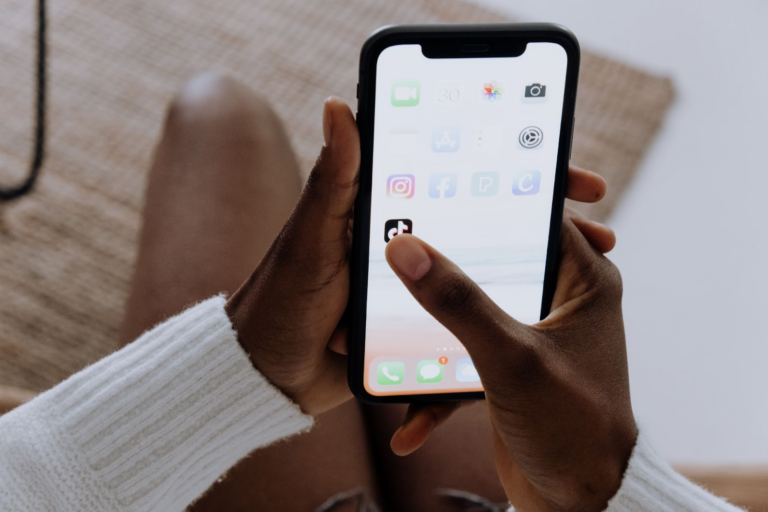
by Editorial Team | Mar 30, 2023 | Uncategorized
TikTok has quickly become one of the most popular social media platforms in the world, with over one billion active users. Its unique algorithm and highly engaging content have made it a favorite among younger generations, who use it for entertainment and to connect...

by Editorial Team | Mar 23, 2023 | Uncategorized
On March 2, the Biden-Harris Administration released a National Cybersecurity Strategy aimed at securing a safe and secure digital ecosystem for all Americans that aligns with American values. The strategy involves fundamental shifts in how roles, responsibilities,...

by Editorial Team | Mar 16, 2023 | Uncategorized
As the world continues to embrace artificial intelligence, natural language processing technologies like ChatGPT are becoming increasingly popular. ChatGPT and other chatbots offer a convenient and effective way to communicate with businesses, educational...

by Editorial Team | Mar 9, 2023 | Uncategorized
ChatGPT is a new AI-powered writing companion recently released for public use by OpenAI. This language model is trained to generate human-like text based on a given prompt or context. As one of the most advanced natural language processing models available today,...
![What Recent Apple Vulnerabilities Teach Us About the Importance of Cybersecurity]()
by Editorial Team | Mar 2, 2023 | Uncategorized
Apple has long been lauded for its strong security measures and reputation for protecting user data. However, recent vulnerabilities discovered in Apple products have highlighted the need for increased vigilance and awareness when it comes to online security. The...





